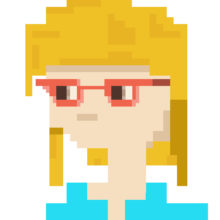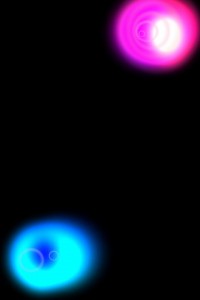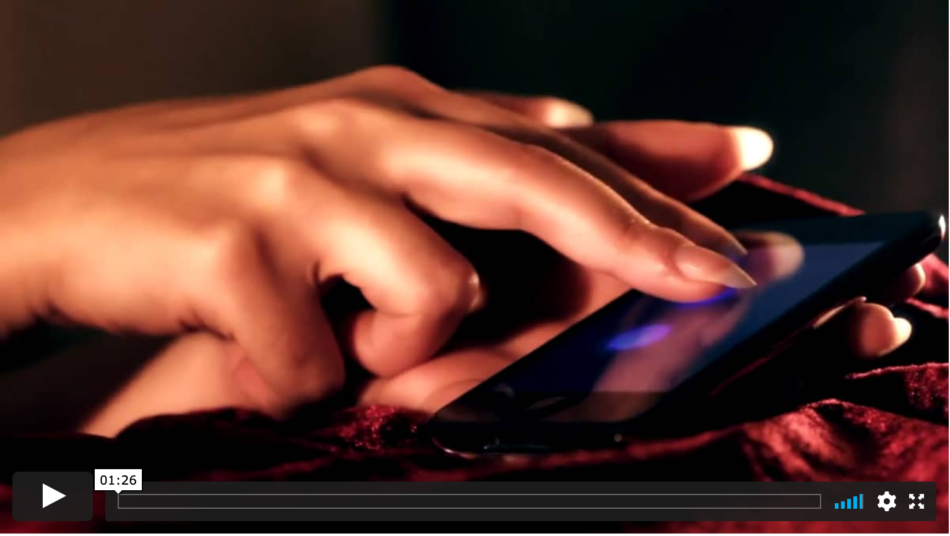Trente pas entre terre et ciel is a 19-meter long cooperative/competitive marelle (hopscotch) for groups of two players, created by Heather Kelley (Perfect Plum) and Oscar Barda (Them Games) for Joue le jeu, the extensive show of new games and playable installations at La Gaite lyrique in Paris, France.
Created specifically to the countours of an existing space, the game embodies the exhibition’s call for visitors to “play along” by turning hopscotch into an epic multi-player physical and social quest. This “mod” of a familiar single-player children’s game challenges visitors to re-imagine what games are and what they communicate.
At various moments, Trente pas asks pairs of players to interact with each other in different ways such as holding hands, or alternating their jumps. It also prompts players to express themselves verbally, such as “complement your partner” and “encourage the other players.”
The game orchestrates engagement with the adrenaline and heart-racing of sheer physical activity, as well as humorous off-balance and socially awkward situations.




